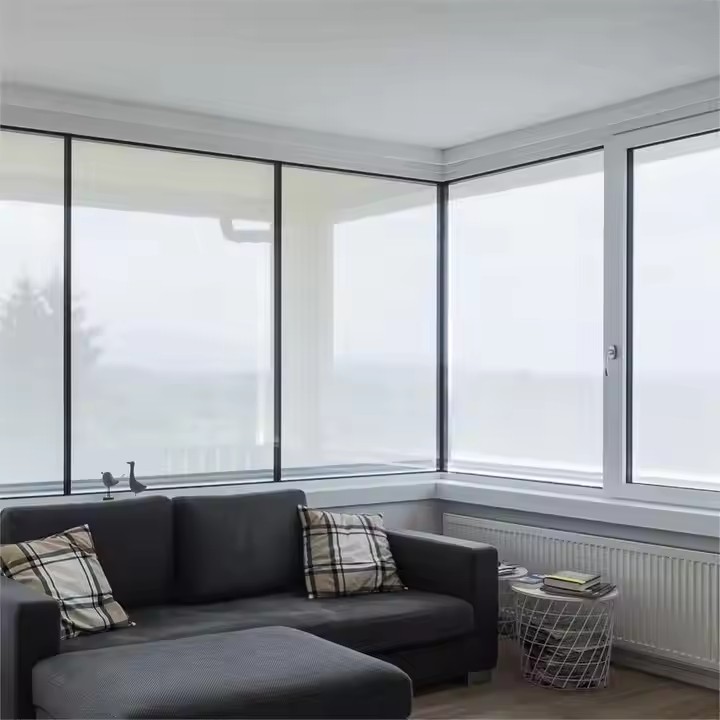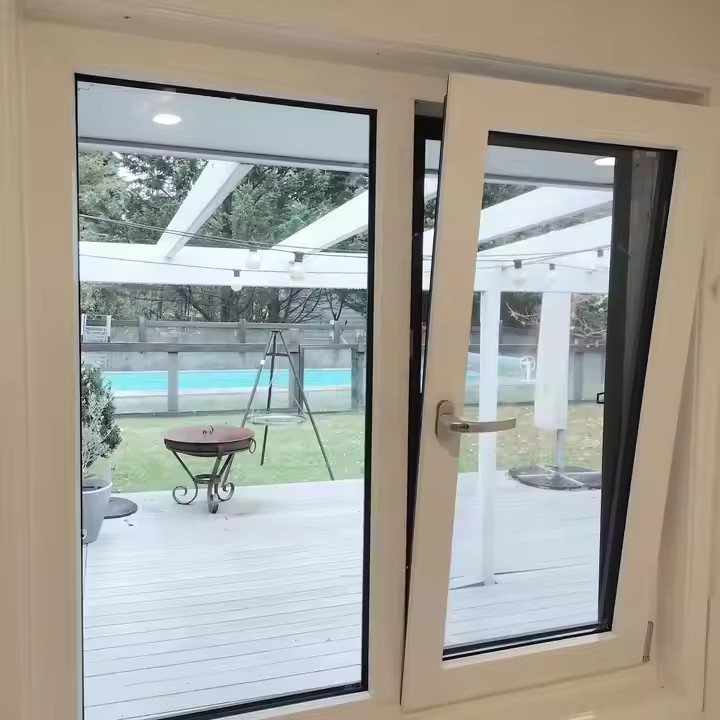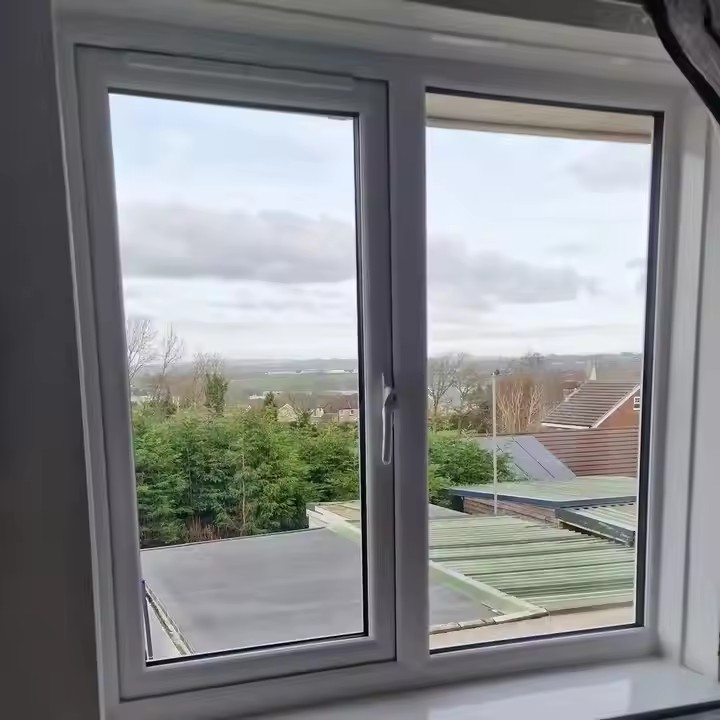Product-related aspects
Quality and performance standards
Wind pressure resistance performance: Climate conditions vary in different regions. Coastal areas, for example, have strong winds and thus have high requirements for the wind pressure resistance performance of casement windows. In Europe, America and other countries, casement windows are generally required to withstand a certain level of wind pressure test, such as meeting the relevant requirements in European standard EN 12210.
Watertightness and airtightness: For regions with heavy rain or humid climate, such as the UK and Japan, the watertightness and airtightness of casement windows are of great importance. Products need to meet corresponding international standards, such as EN 12208 (watertightness) and EN 12207 (airtightness) standards.
Quality of hardware fittings: The quality of hardware fittings directly affects the service life and user experience of casement windows. It is necessary to select hardware fittings that are of reliable quality and corrosion-resistant, such as German brands like Hoppe and SIEGENIA, to meet overseas customers’ requirements for product durability.

Dimensions and specifications
Universal dimensions: Understand the general dimension standards of building doors and windows in the target market. For example, common sizes of residential casement windows in the United States are 3 feet × 3 feet, 3 feet × 4 feet, etc.; in Europe, there are different metric size standards, such as 600mm×900mm, 900mm×1200mm, etc.
Customized dimensions: Consider the personalized needs of some special construction projects or customers and have the ability to provide casement windows of customized dimensions.
Materials and environmental protection
Material selection: Select suitable window frame materials according to the needs and climate conditions of the target market. For example, in cold regions, broken bridge aluminum casement windows may be more popular due to their good thermal insulation performance; in some environmentally conscious areas, casement windows made of wood-plastic composite materials may be more favored.
Environmental protection requirements: Ensure that the materials of casement windows comply with the environmental protection standards of the target market. For example, the REACH regulation of the European Union has strict restrictions on the content of harmful substances in building materials, and products must pass relevant tests.

Market-related aspects
Laws, regulations and certifications
Local building regulations: Thoroughly study the building regulations and window installation codes in the target market. For example, Australia has detailed regulations on the safety performance and energy-saving requirements of doors and windows, and products must comply with the local Building Code of Australia (BCA).
Product certifications: Obtain the required product certifications in the target market. For example, to enter the US market, casement windows may need to pass the certification of the American Window and Door Manufacturers Association (AWMA); to enter the EU market, CE certification is required.
Market research and demand analysis
Consumption habits: Understand the usage habits and preferences of overseas consumers for casement windows. For example, Europeans may pay more attention to the appearance design and energy-saving performance of casement windows, while Americans may focus more on product cost-effectiveness and installation convenience.
Market competition: Analyze the competitive situation in the target market, understand the product features, price strategies and market shares of local casement window brands, so as to formulate reasonable market strategies.

Brand and marketing
Brand building: Establish a good brand image in the overseas market and focus on brand promotion. It is possible to increase brand awareness by participating in international building materials exhibitions and placing advertisements in professional media.
Marketing channels: Establish diversified marketing channels. In addition to the traditional distributor and agent channels, Internet platforms can also be used for online sales and promotion.
After-sales aspects
Installation and training
Installation services: Provide professional installation services or installation guidance. It is possible to establish an installation team locally or train local installers to ensure the correct installation of casement windows.
Training materials: Provide customers with detailed installation instructions, operation manuals, training videos and other materials in multiple languages for customers to understand and operate easily.
After-sales service
Warranty period: Clearly define the product warranty period and after-sales service content. Generally, the warranty period of casement windows is 5 – 10 years. Establish a sound after-sales service network, set up after-sales service points overseas or cooperate with local maintenance service providers to provide customers with maintenance and replacement services in a timely manner. Establish a service network. For example, in the target sales area in Europe, cooperate with local professional door and window maintenance companies with good reputation and wide coverage to ensure the ability to quickly respond to customers’ maintenance needs. Train and certify the cooperative maintenance personnel to make them familiar with the structure, installation and maintenance technology of the sold casement windows, and master the diagnosis and solution methods of common problems to ensure the maintenance quality.
Process specification formulation
Establish multiple repair reporting channels, such as dedicated customer service hotlines, emails, online customer service platforms, etc., to facilitate overseas customers to report problems at any time. Meanwhile, mark the repair reporting methods and processes in prominent positions on product manuals and official websites.
Clearly define the repair response time and formulate different response standards according to the urgency of the problem. For urgent problems that affect safe use, such as windows that cannot be closed and broken glass, respond within 24 hours; for general problems, provide solutions or arrange maintenance personnel to visit within 48 hours. Establish detailed maintenance record files, recording the time of each maintenance, problem description, maintenance measures, customer feedback and other information, so as to track product quality and service effects, and promptly identify potential problems and make improvements.

